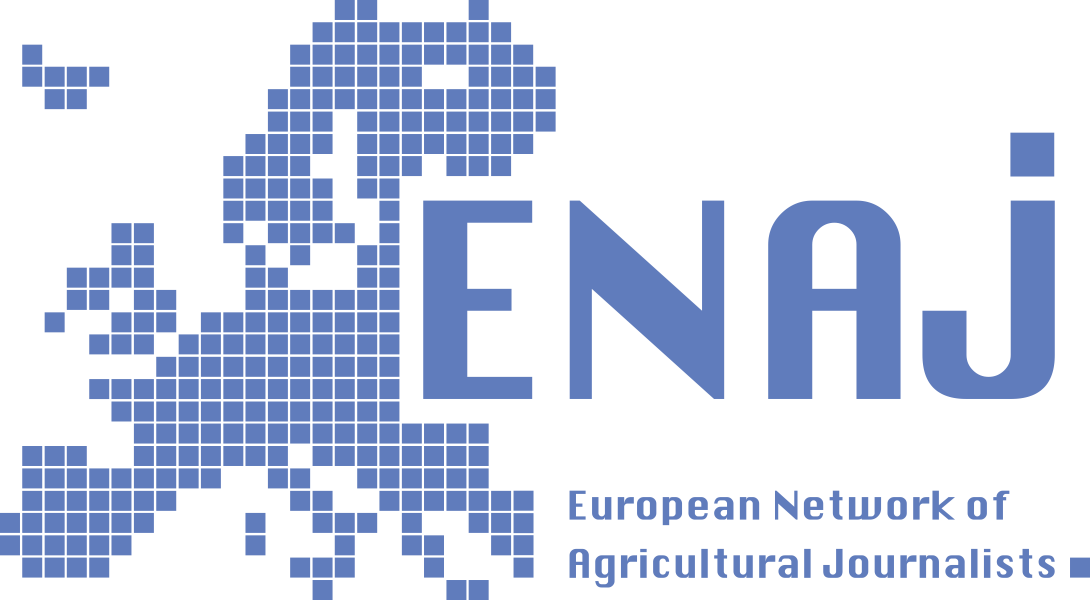Digitalisation and artificial intelligence took centre stage at the 2025 annual meeting of the European Forum of Farm Animal Breeders (EFFAB). Held in Brussels on May 20, the event brought together researchers, policymakers, breeding companies and farmer representatives to explore how AI is reshaping animal agriculture and where the sector is headed next.
From tracking individual laying hens with sensors to debating the European Union’s regulatory frameworks, the message was clear: digital tools are evolving fast, but adoption hinges on building trust, enhancing clarity and boosting cooperation.
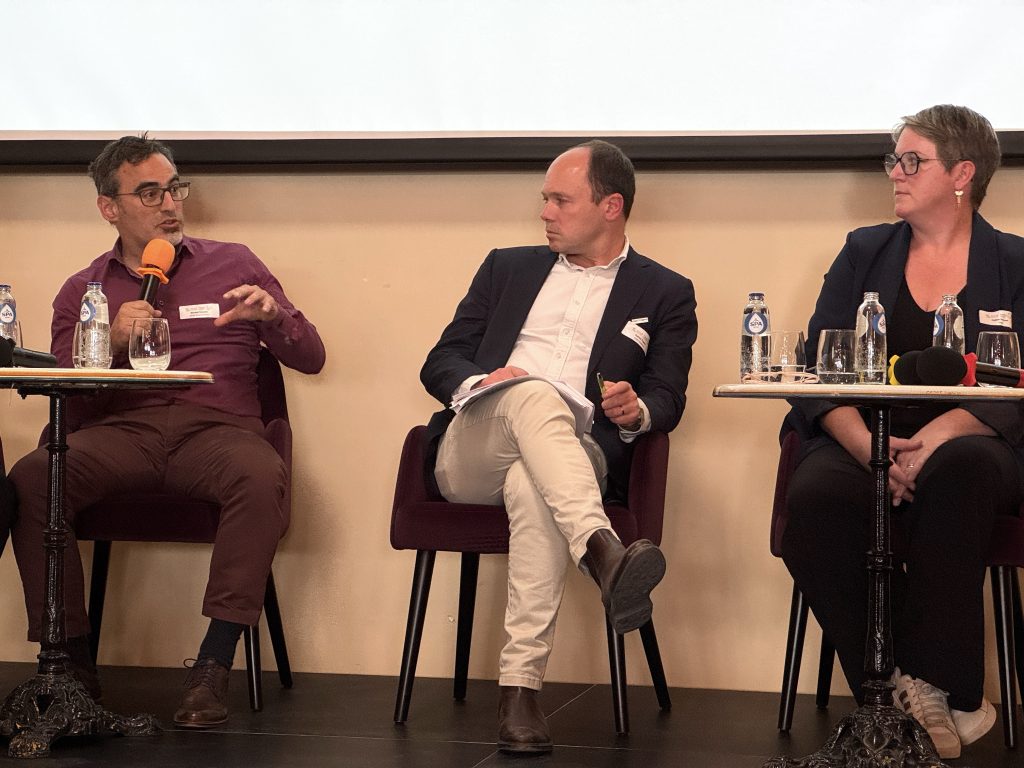
The EU’s evolving data landscape
At the start of the meeting, European policymakers took the stage to clarify the regulatory environment shaping AI in agriculture. The European Commission is working on a horizontal digitalisation strategy for agriculture, which is expected to be published by the end of 2025. Miguel Fernandez (DG AGRI) described it as a framework to accelerate digital uptake across farming sectors without duplicating national or commodity-specific efforts.
The strategy will focus on enabling conditions — connectivity, capacity building and interoperability — rather than on prescribing use cases. Fernandez encouraged attendees to follow the public consultation process and upcoming announcements.
It was Doris Marquardt of DG-CNECT who delivered the sharper message. In her view, building trust is more important than technical design. Her point wasn’t whether the algorithms work, but whether the people using them feel ownership of the outcomes.
Marquardt also acknowledged complexity as a barrier, hinting that the Commission is open to adaptation. Review clauses are already built into the Data Act and AI Act, allowing space to adjust legislation as AI technologies mature.
Chickens, cameras and cognitive resilience
Among the day’s most engaging presentations was a detailed look at how computer vision and behavioural data are changing poultry breeding. Michael Toscano (University of Bern) and Dong Liu (KU Leuven) showcased research tracking thousands of individual laying hens in cage-free systems.
Using sensors and overhead cameras, the researchers are identifying patterns in how hens move, feed, rest and interact. What began as a tool to detect injuries like keel bone fractures has evolved into something more nuanced. Toscano described how some hens develop highly predictable routines, while others vary their behaviour from day to day — and that variability appears to offer a welfare advantage.
“If a hen comes down the same way every day… it’s going to slip,” he said. “Another animal that takes a different path may be more cognitively intuitive.”
The research, part of a larger collaboration with global breeders Hendrix Genetics and Lohmann Tierzucht, is being used to inform selection for cage-free housing systems. Toscano’s team collects 400 million data points per week, linking behaviour to welfare, productivity and recovery after injury. The next step is integration: connecting behavioural data with genomic and health records to build a fuller picture of animal performance.
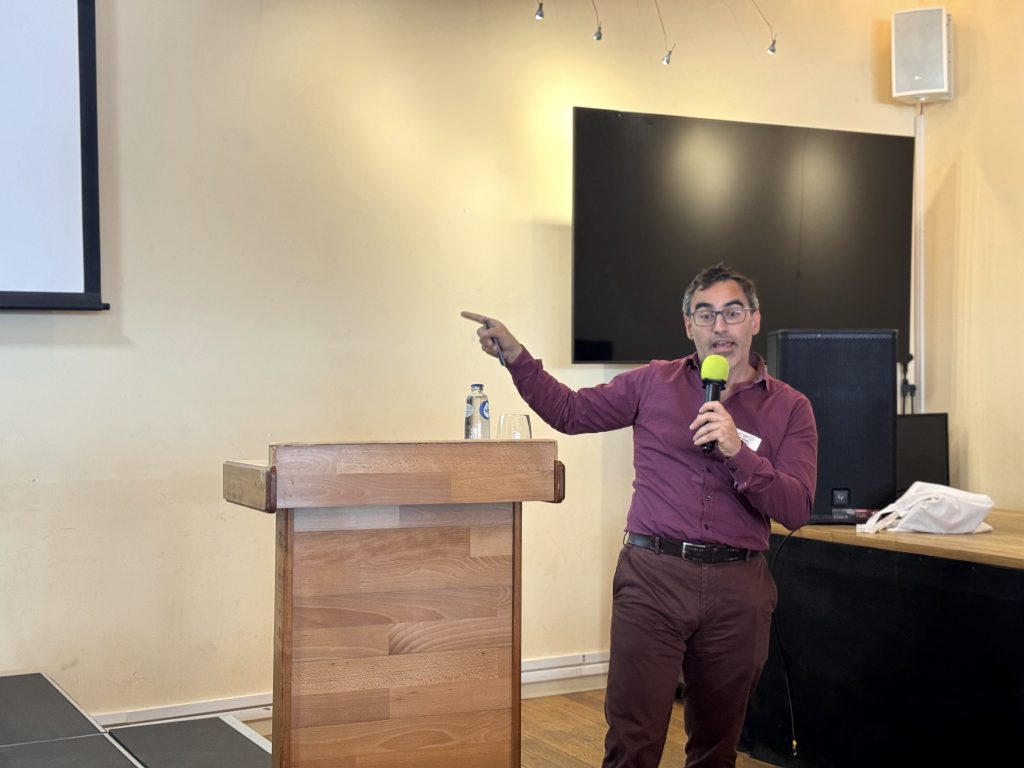
Big data, small farms
While Toscano and Liu spoke to the potential of advanced sensors, Hélène Souyeurt (University of Liège) offered a counterpoint — and a reminder that most farms still operate with modest infrastructure. Presenting the HoliCow project, she described how milk spectral data already collected for pricing can be repurposed using AI to offer farmers holistic diagnoses of herd health, fertility and efficiency.
The tool isn’t meant to predict every parameter. Instead, it flags outliers and helps farmers focus on what matters. “We don’t need data every second,” Souyeurt said during the closing panel. “Sometimes, weekly or monthly is enough.”
The project is designed with small and medium-sized farms in mind, particularly those without access to high-throughput sensors or real-time tracking systems. Importantly, farmers are part of the feedback loop — rating the usefulness of recommendations and contributing new ideas to improve the system over time.
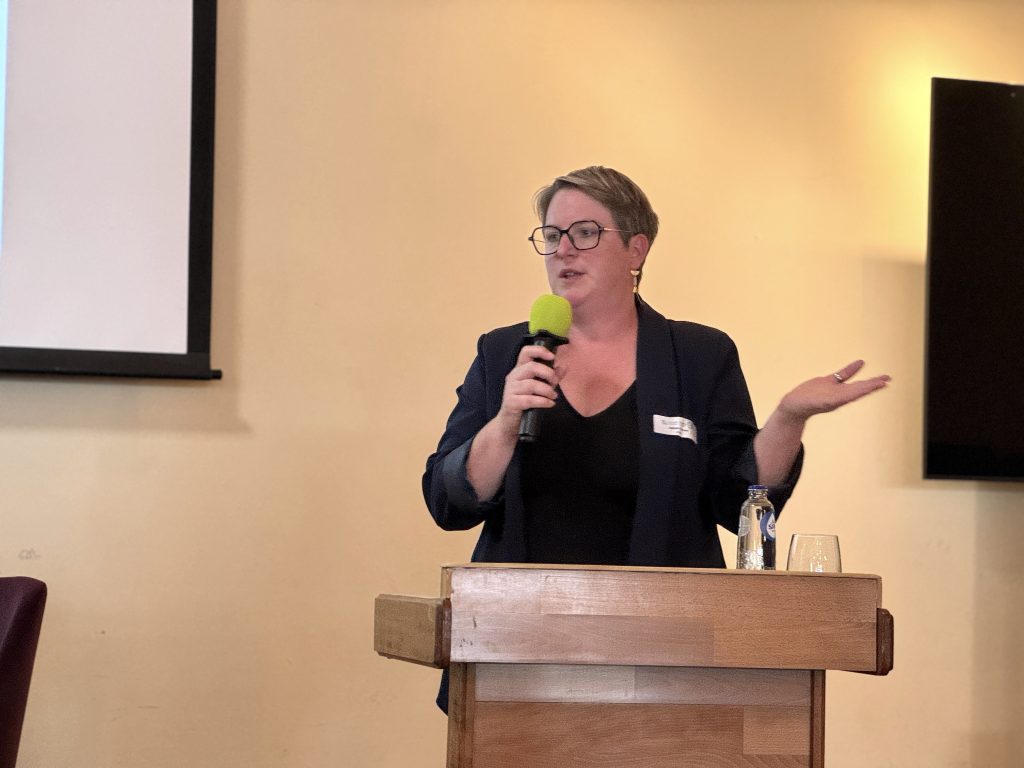
Contracts, culture and cooperative value
During the policy roundtable, discussion turned to what it takes to scale digital tools fairly. Patrick Pagani of Copa-Cogeca reiterated what many farmer groups have said in recent years: the data may come from the farm, but value only emerges through partnerships.
Farmers, he said, “want to decide how the data coming from work between the cows… is used and where it will go.” His message was not resistance but conditional openness — adoption depends on clarity, contracts and control.
Clotilde Patry, speaking from the perspective of French livestock cooperatives, highlighted the need to involve those with data management expertise. Building tools that work across farms, research bodies, and breeders requires agreed standards and trust-based cooperation. “We don’t want to purchase data from each other,” she said. “We want to achieve a situation where everybody is winning.”
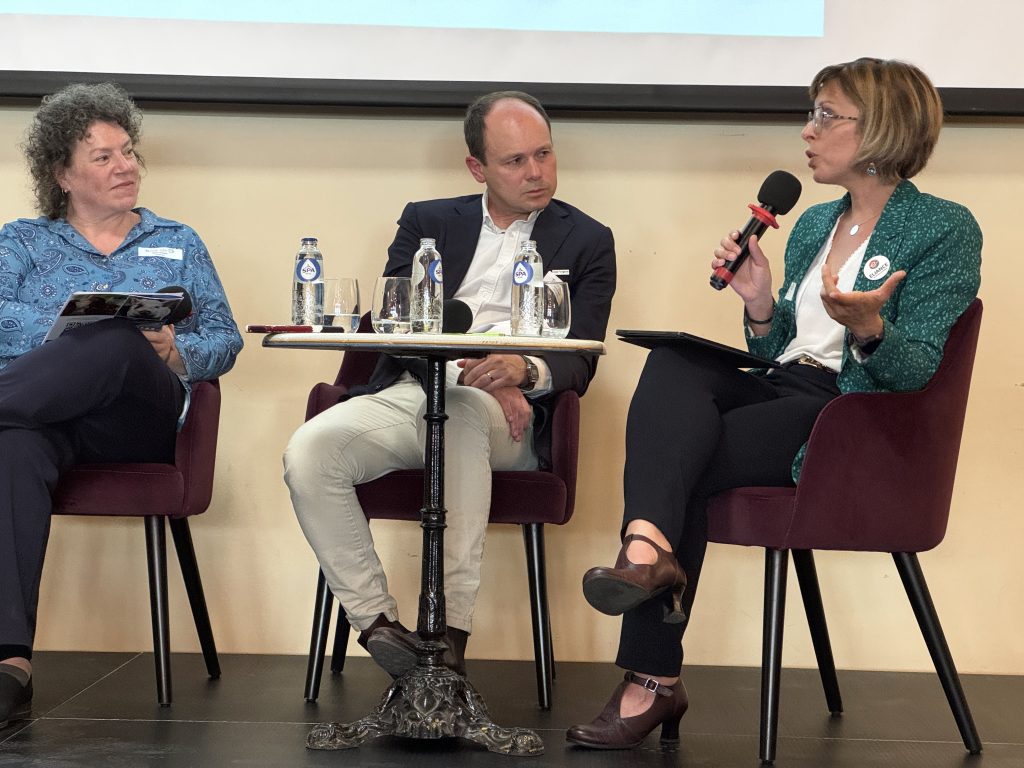
A call for nuance and balance
The closing panel underscored the need to adapt digital tools to different farm realities — from high-tech breeding operations to modest family farms. Souyeurt cautioned that not all farms can afford or need constant, high-resolution data collection.
“Maybe for researchers… but sometimes it’s very important to ask: what do I need?” she said.
She also pointed out that environmental impact and cost must be considered when designing new systems.
“You don’t need always to have AI tools,” she said.“Data is not always related to high throughput data collection.”
Clotilde Patry echoed that message, noting the importance of shared standards and training to make systems accessible across Europe’s varied agricultural landscape. Investment, she said, should reflect the broader societal value of improving environmental performance through better data.
Opportunities for journalists
For ENAJ members, the EFFAB 2025 meeting offered insight into the technical and political dimensions of AI in livestock farming — and exposed the tension between what’s possible and what’s practical.
Several stories remain untold. How will the EU’s digital strategy address disparities between large and small farms? Can welfare behaviour like “recovery” be bred for? What are the trade-offs between innovation and data overload?
EFFAB’s meeting made it clear: The livestock breeding sector is digitising, but the outcomes are still being shaped.
To pursue a story journalists may wish to contact:
- Michael Toscano, University of Bern – poultry behaviour and AI tracking
- Dong Liu, KU Leuven – computer vision in livestock breeding
- Hélène Souyeurt, ULiège – HoliCow project, spectral data, small farm applications
- Doris Marquardt, DG-CNECT – AI and data regulation
- Miguel Fernandez, DG AGRI – digital agriculture strategy
- Patrick Pagani, Copa-Cogeca – farmer representation
- Clotilde Patry – cooperative approaches to data sharing

